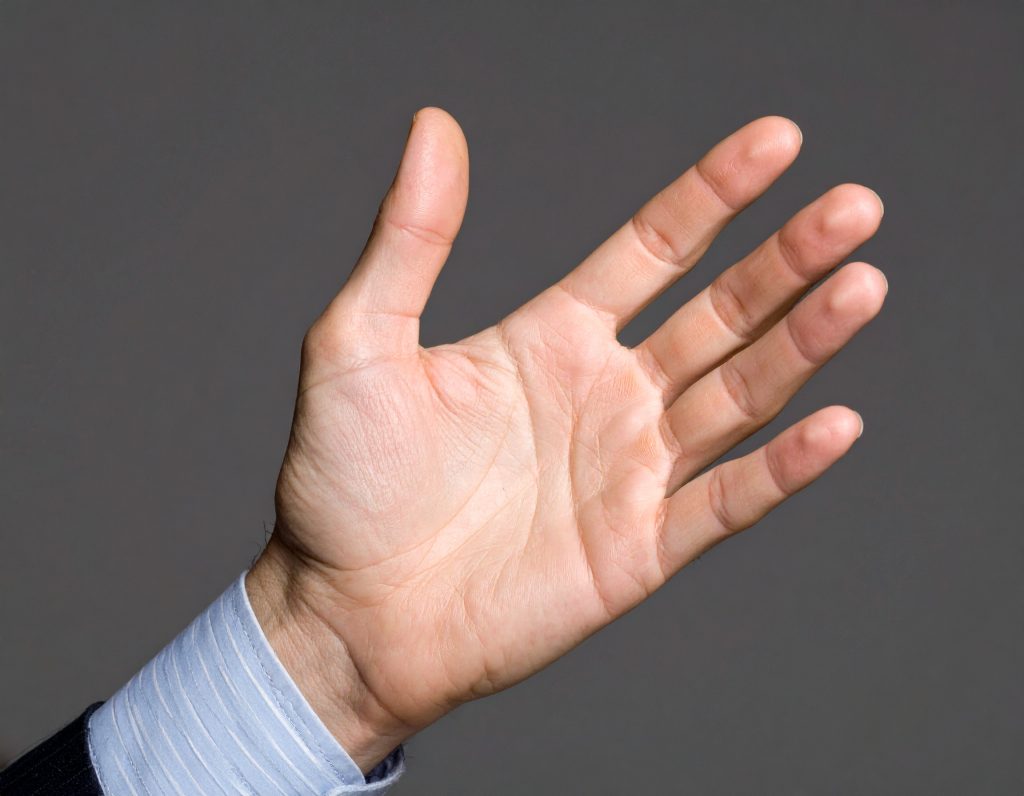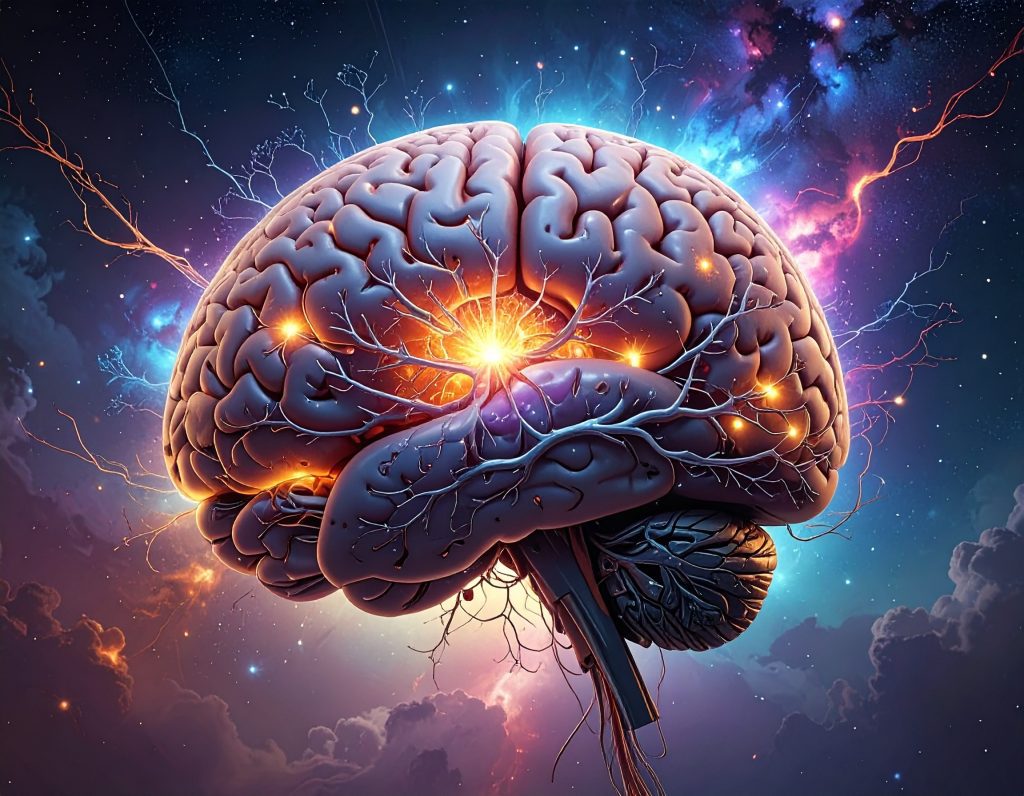Have you ever wondered why only about 10% of the world’s population is left-handed or why so many famous leaders and athletes favor their left hand? Being left-handed can sometimes feel like navigating a world built for right-handers, but there is far more to it than meets the eye.
In this article, you will explore 10 surprising myths and facts about left-handed people, from their unique brain wiring and potential creative advantages to health insights and even their historical reputation. Each fact sheds light on how left-handers adapt, thrive, and sometimes gain an unexpected edge in everyday life.
Prepare to be intrigued, because left-handedness isn’t just about which hand you write with. Some myths and facts might challenge what you thought you knew, like why lefties often excel in sports, why they are overrepresented among US presidents, and how their presence has shaped history and culture in surprising ways.
Whether you are left-handed, know someone who is, or are just curious, this guide offers a fascinating look at the quirks, advantages, and challenges that make left-handed people truly unique. By the end, you will see left-handedness not as a limitation, but as a fascinating facet of human diversity.
10. A Minority with a Global Presence
Only about 10% of the world’s population is left-handed
Studies estimate that around 10% of the global population is left-handed. This figure has remained fairly consistent over the years, with minor variations across regions and age groups. Interestingly, left-handedness tends to be slightly more common in men than in women, and cultural acceptance has also influenced reported numbers—historically, many lefties were pressured to switch to their right hand.
Despite being a small group, left-handers are spread across every culture, country, and community. Scientists have long studied why left-handedness exists, with theories linking it to genetics, prenatal development, and even evolutionary advantages in certain situations. While right-hand dominance is the global norm, left-handers prove that human diversity runs deeper than meets the eye.
To put it in perspective, out of 8 billion people worldwide, roughly 800 million are lefties, meaning if left-handers had their own country, it would be the third most populous nation on Earth!
9. International Left-Handers Day

Every year on August 13th, the world celebrates International Left-Handers Day
International Left-Handers Day was founded in 1976 by Dean R. Campbell to raise awareness of both the advantages and disadvantages of being left-handed. However, the annual event now celebrated worldwide as International Left-Handers Day was launched on August 13, 1992, by the Left-Handers club.
Left-handed people face unique challenges in a world where most tools, devices, and systems are designed for right-handers. Simple tasks like writing in a binder, swiping a credit card, or using a can opener can be frustrating when the design favors the opposite hand. Beyond objects, even sports and musical instruments can pose obstacles unless they are adapted specifically for left-hand use.
From using scissors designed for right-handers to struggling with computer mice and spiral notebooks, being left-handed often means adapting to a world built for the majority. Recognizing this day helps shine a light on inclusivity and the need for better design.
These small but constant inconveniences highlight why recognition days like International Left-Handers Day are so important. They remind us that left-handedness is not a disadvantage but rather a difference that deserves thoughtful consideration in design and accessibility.
Schools, businesses, and even governments use the occasion to promote awareness, and many lefties proudly celebrate their difference with humor, pride, and creativity.
8. Living in a Right-Handed World
Left-handed people live in a world where nearly everything is designed for right-handers
From everyday tools to classroom setups, society tends to prioritize right-handed convenience. Scissors, desks, rulers, and even smartphone interfaces often feel awkward for lefties. There are countless frustrating things only left-handed people understand. Writing in spiral notebooks, bumping elbows at dinner tables, or holding measuring cups with numbers that face the wrong way are common annoyances. Even using bank pens on chains or paying at card machines can feel awkward because they are positioned for right-hand use.
This constant adjustment highlights just how invisible design bias can be when the majority never notices it. These little struggles may seem minor, but when experienced daily, they remind left-handers how much the world unconsciously caters to the majority. It is a testament to their adaptability that lefties thrive despite the constant adjustments they make.
Imagine being in school and smudging ink across every page because your hand drags over what you just wrote. That is the kind of hidden challenge many left-handers deal with daily.
7. Is Being Left-Handed Genetic? The Surprising Answer
Left-handedness often runs in families, but it is not caused by a single gene
Research shows that genetics play a role, yet the story is far more complex. Studies of twins and families suggest multiple genes, along with prenatal factors like brain development and hormone exposure, influence whether someone becomes left-handed. This means you can inherit a tendency without it being guaranteed.
So, if your parents or siblings are left-handed, your chances are higher too, but it is never a certainty. This raises the age-old question many people wonder: Is being left-handed genetic or hereditary? The answer is both yes and no. It is influenced by family history but also shaped by many other biological factors.
6. The “Sinister” Past of Left-Handedness
For centuries, left-handedness was seen as strange, unlucky, or even sinister in many cultures
The very word “sinister” comes from the Latin term for “left”, reflecting the negative associations attached to it. In the past, left-handed children were often forced to switch hands in school, and in some cultures, the left hand was reserved for “unclean” tasks. These biases were deeply rooted in superstition, tradition, and social norms. Cultural differences in views on left-handedness remain evident even today, with some societies celebrating it while others still stigmatize it.
Thankfully, times have changed. Left-handers are now recognized for their creativity and adaptability, proving that what was once seen as a flaw is actually just another form of human diversity.
5. Is There a Higher Likelihood of Certain Health Risks?
Left-handed people may have a slightly higher likelihood of certain health risks compared to right-handers however studies are inconclusive
Research has linked left-handedness with a higher incidence of conditions such as migraines, allergies, and even autoimmune disorders. Some scientists believe this connection may come from differences in brain wiring or prenatal development. However, the evidence is mixed, and being left-handed is by no means a health sentence.
While some studies have suggested a link between left-handedness and certain health problems, the evidence is not conclusive. Some research indicates a possible correlation, while other studies find no significant connection.
This raises an interesting question many ask: Are lefties more likely to have certain health problems? While the statistics point to some patterns, most left-handers live long, healthy, and fulfilling lives, proving that being left-handed is far from a disadvantage.
4. Advantages in the Sporting Arena
Left-handed athletes often have a unique edge in competitive sports
Because the majority of players are right-handed, competitors are less accustomed to facing left-handed opponents. This can make a lefty’s movements, angles, and strategies harder to predict. Sports like tennis, baseball, boxing, and fencing often see left-handers rise to the top at a higher rate than their population share would suggest.
Fans often wonder, what are the advantages of being left-handed in sports? The answer is clear: unpredictability and rarity. From Rafael Nadal’s powerful left-handed spin to lefty pitchers baffling batters in baseball, left-hand dominance can turn into a winning advantage.
3. The Creativity Link? It’s Complicated

Left-handed people are sometimes thought to be more creative, but research shows the connection is not straightforward.
Some studies have suggested that left-handers may have slightly stronger communication between the brain’s hemispheres, which could influence problem-solving and creative thinking. However, comprehensive reviews of research indicate there is no clear evidence that left-handed people are inherently more creative than right-handers. Creativity depends on many factors, including environment, experience, and personality, rather than hand dominance alone.
So, are left-handed people actually more creative? While being left-handed doesn’t guarantee creative genius, it’s interesting to consider how adapting to a right-handed world might encourage flexible thinking and problem-solving in everyday life.
2. Is the Brain of a Lefty Different?
Left-handed people often show subtle differences in brain structure and function compared to right-handers.
Research indicates that left-handers may have a slightly more symmetrical brain, with some differences in how the hemispheres communicate. While these variations are interesting, scientists emphasize that there is no strong evidence that left-handed people are inherently better at multitasking or problem-solving because of their brain wiring. Brain function is influenced by many factors beyond hand preference.
Many people are curious about characteristics of a left-handers. Their unique brain patterns may contribute to diverse thinking styles, but like creativity, the advantages of being left-handed are nuanced rather than guaranteed.
1. A Presidential Predisposition?
An unusually high number of US presidents have been left-handed
While only about 10% of the population is left-handed, roughly 6 of the last 14 US presidents including Harry Truman, Gerald Ford, Ronald Reagan, George H.W. Bush, Bill Clinton, and Barack Obama favored their left hand. Some experts suggest this may be linked to enhanced brain connectivity, strategic thinking, or the ability to adapt in a predominantly right-handed world. Being a lefty may have offered subtle advantages in leadership and decision-making under pressure.
This naturally leads to the question, why are so many US presidents left-handed? While there is no definitive answer, the pattern is striking and sparks curiosity about how left-handedness might influence personality, problem-solving, and the ability to navigate complex challenges. Whether this is a mere coincidence or indicative of certain traits common in left-handers that are beneficial for leadership remains a topic of debate.
The Wrap-Up
Left-handedness is a fascinating glimpse into human diversity, showing how a small segment of the population adapts, thrives, and even excels in a right-handed world. From unique brain wiring and creative problem-solving to advantages in sports and leadership, being left-handed is less about limitation and more about difference.
At the end of the day, whether you are left-handed, right-handed, or somewhere in between, celebrating these differences reminds us that everyone brings something unique to the table. So the next time you meet a lefty, take a moment to appreciate the perspective, adaptability, and creativity they add to the world.
Are you a lefty? Which of these facts surprised you the most? Share your own experiences in the comments below!


